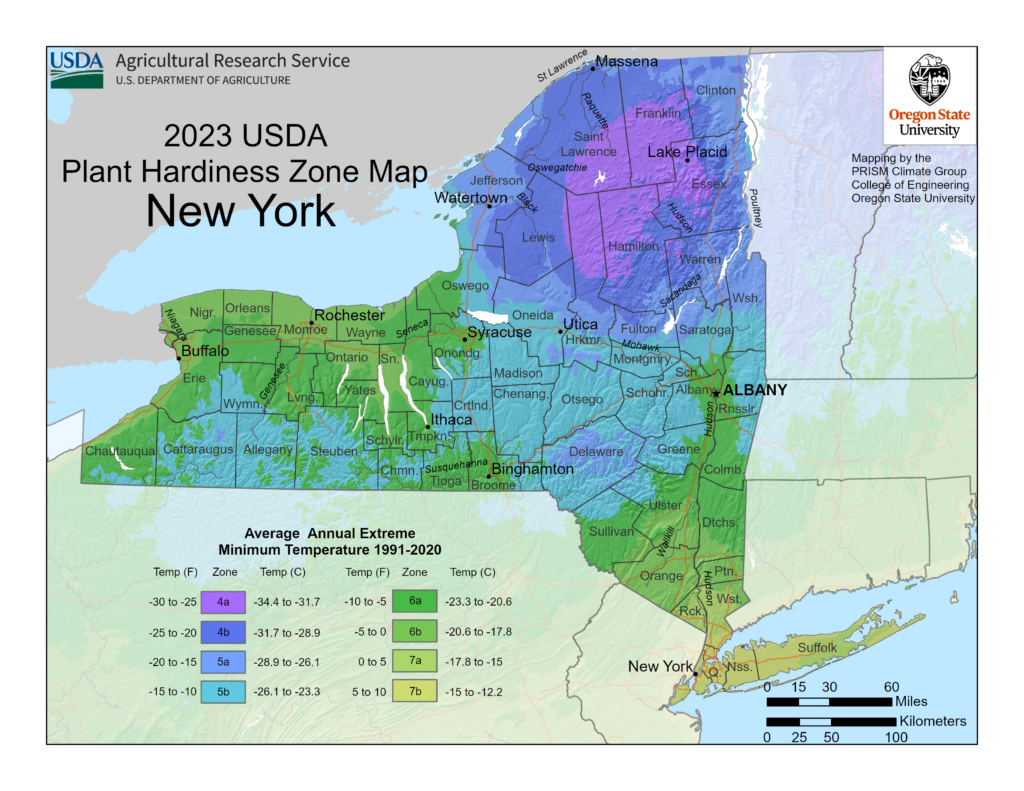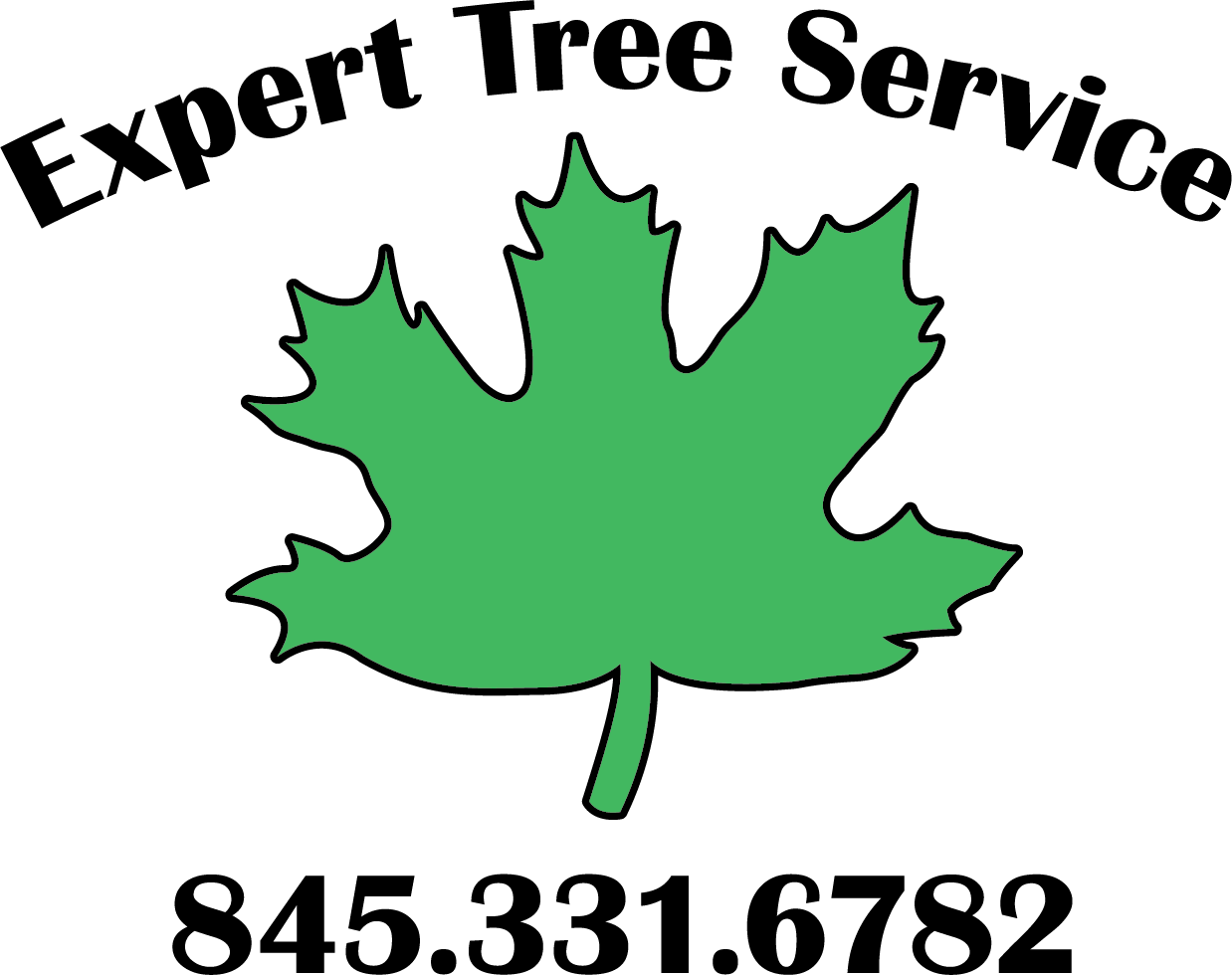The U.S. Department of Agriculture recently released new Plant Hardiness Zone Maps, including for our region in the Mid-Hudson Valley and Catskills.
Plant hardiness zones are geographic areas defined by climate conditions that help gardeners and landscapers determine which plants are most likely to thrive in a particular region. These zones are based on average minimum winter temperatures and are divided into numbered zones, typically ranging from 1 (coldest) to 11 (warmest).

Plant hardiness zones affect tree care in several ways:
Species Selection: Knowing your plant hardiness zone allows you to choose tree species that are well-suited to your climate. Trees that are adapted to your zone are more likely to withstand temperature extremes and other environmental conditions.
Cold Hardiness: Trees in colder zones need to be able to tolerate freezing temperatures and winter conditions such as snow and ice. Selecting trees with appropriate cold hardiness ensures they can survive the winter without damage.
Frost Dates: Understanding the typical timing of the last spring frost and first fall frost in your zone helps you schedule tree care tasks such as pruning, fertilizing, and planting to avoid potential frost damage.
Microclimates: While plant hardiness zones provide a general guideline, factors such as elevation, proximity to water bodies, and urban heat islands can create microclimates within a region. It’s important to consider these factors when selecting and caring for trees, as they can influence local temperature and weather patterns.
Seasonal Care: Tree care practices may vary depending on the specific needs of trees in your hardiness zone. For example, trees in colder zones may benefit from winter protection measures such as mulching or wrapping to insulate roots and prevent frost damage.
Technically, changes in the environment may accelerate problems with trees that thrived in the previous Plant Hardiness Zone, but are now in a Zone that doesn’t quite suit them. But most of the Zone changes in our region have been minimal, and the timeline for things like tree removal or tree trimming services isn’t affected too much.
Here are some of the changes in Hudson Valley and Catskills communities, paired with information about that community’s most common tree:
1. Kingston, NY
2012 Plant Hardiness Zone: 5B (-15°F to -10°F Minimum Temperature)
2023 Plant Hardiness Zone: 6B (-5°F to 0°F)
Most Common Tree: Norway Maple (Safe in Zones 3-7)
2. Catskill, NY
2012 Plant Hardiness Zone: 6A (-10°F to -5°F)
2023 Plant Hardiness Zone: 6A (-10°F to -5°F)
Most Common Tree: Norway Maple (Safe in Zones 3-7)
3. Poughkeepsie, NY
2012 Plant Hardiness Zone: 6A (-10°F to -5°F)
2023 Plant Hardiness Zone: 6B (-5°F to 0°F)
Most Common Tree: Norway Maple (Safe in Zones 3-7)
4. Red Hook, NY
2012 Plant Hardiness Zone: 5B (-15°F to -10°F)
2023 Plant Hardiness Zone: 6A (-10°F to -5°F)
Most Common Tree: Sugar Maple (Safe in Zones 3-8)
5. New Paltz, NY
2012 Plant Hardiness Zone: 6A (-10°F to -5°F)
2023 Plant Hardiness Zone: 6B (-5°F to 0°F)
Most Common Tree: Norway Maple (Safe in Zones 3-7)

